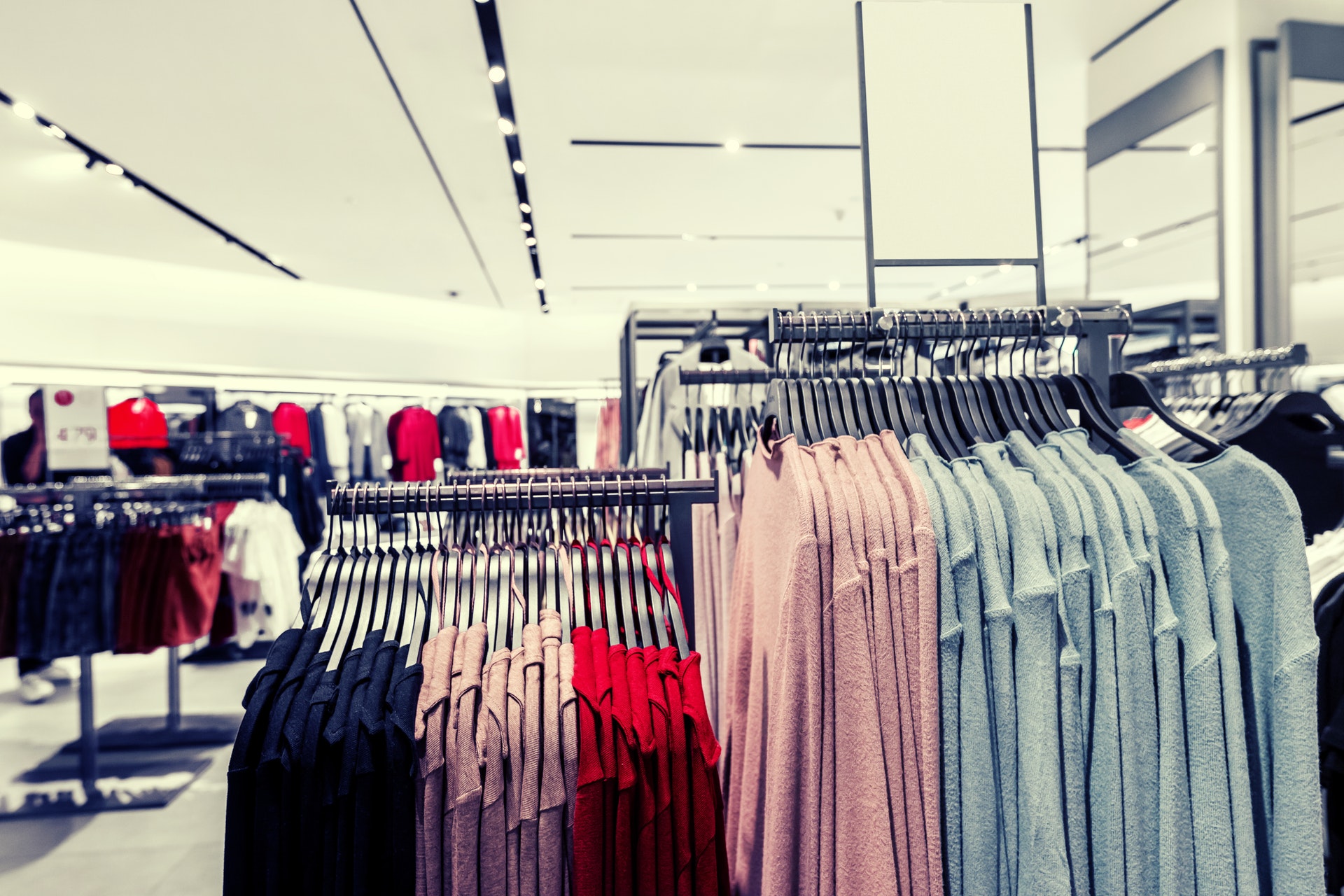As we enter 2020, we look back at a retail landscape that has endured much change in the last decade. Starting with the 2008 financial crisis, the country entered into an era of frugality fueling the hunt for deep discounts across every sector of retail and spurring what some deemed the “retail apocalypse”. Amazon answered the call by offering consumers lower prices coupled with two-day shipping through Prime, and discount stores like Dollar General rose. Adding fuel to the fire was the rising generation of younger, tech-savvy Millennial consumers who took the reins from Baby Boomers as the largest generation of shoppers, and layered on an expectation for convenience and seamless omnichannel experiences connecting in-store and online shopping.
It was also the decade when direct-to-consumer digital brands emerged and then extended from clicks to bricks, raising the bar for in-store shopping experiences. Players unable to shift their models to meet the needs of new retail went bankrupt or closed thousands of stores or both. Malls emptied as anchor stores like Sears, Kmart, Party City, Walgreens, and Barneys announced store closings just this past year.
Now, as Generation Z enters the workforce and begins to spend its own disposable income, we are seeing that they are bringing differentiated shopping expectations all their own and often much different than that of Millennials.
If we can take one lesson from what we’ve learned in the last decade, it’s that knowing and understanding the customer is the only way retailers will ever be able to stay ahead. Traditional models no longer work as their supply chains are too slow, they are too disconnected with personalized experiences modern shoppers seek, and they do not bring diverse enough opinions on new products which must consider every element of the consumer shopping decision, from style to sustainability.
That said, there are signs that many retailers are beginning to “get it”. And what I stated in my 2019 predictions still rings true: “... the glass is more than half full, and that these challenges also present opportunities for savvy retailers and brands willing to face the winds head on.”














